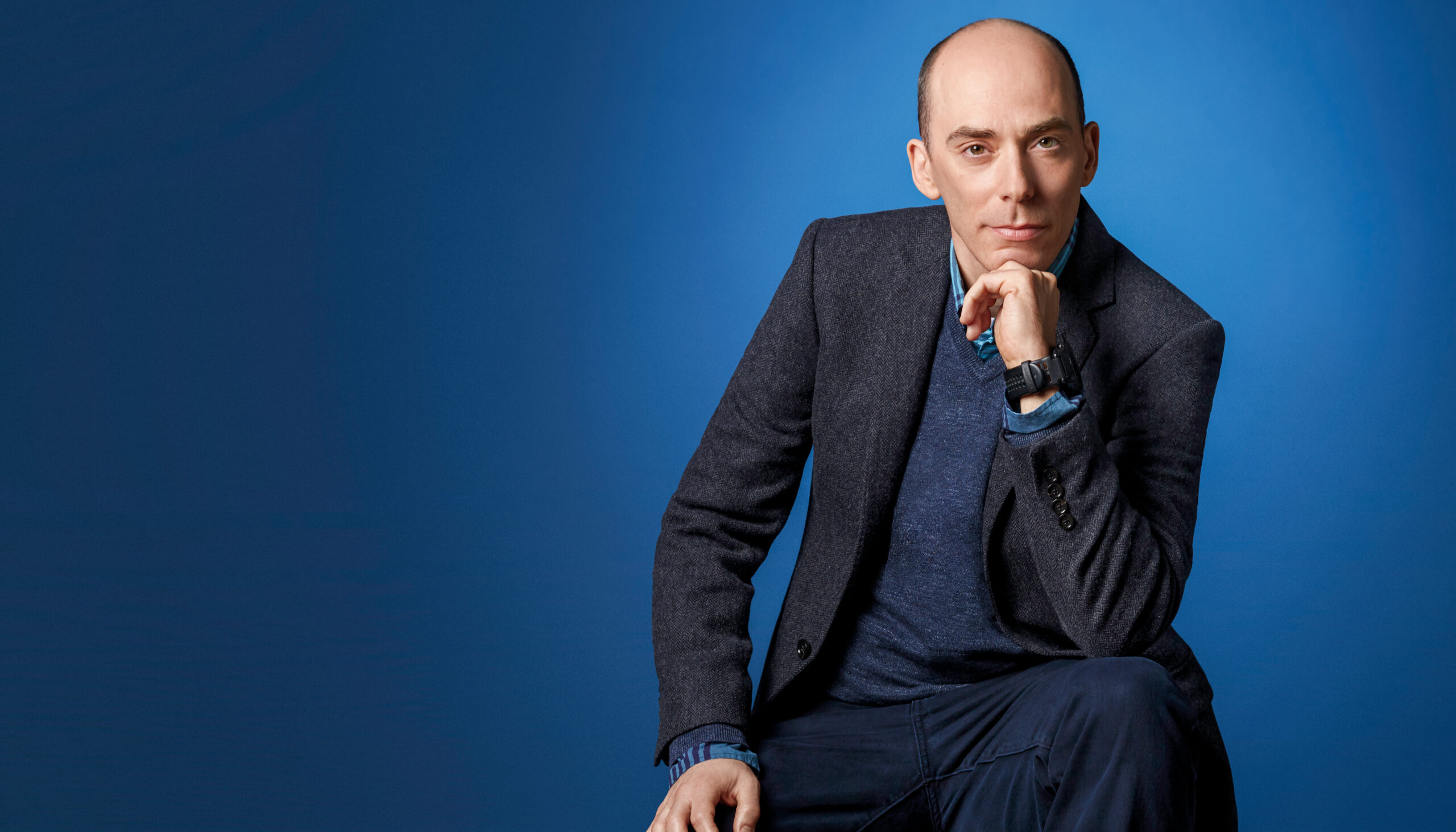Down to a Science

Photo: Mount Sinai Health System
Avi Ma’ayan, BS’97, MS’01 (Metro)
By Mary Ann Bautista
By leading future generations of researchers and attempting to answer big questions at his lab, Avi Ma’ayan, BS’97, MS’01 (Metro), is taking bioinformatics to greater heights.
Established in 2008, the Ma’ayan Laboratory at the Icahn School of Medicine at Mount Sinai in New York City uses computational methods to discover cures for cancer, HIV, diabetes and other age-related illnesses.
“Our methods often predict if deleting certain genes or targeting their protein product may improve disease conditions such as killing tumor-forming cells,” he says. “Unfortunately, we can rarely test such predictions because we’re a dry lab.” Ma’ayan and his team mostly take publicly available data and process it in a way that enables them and others to discover how human cells work in normal physiology and in disease with the goal of “fixing” or “killing” diseased cells with drugs and therapeutics. “My dream is to test computational predictions on human cells and tissue models,” he says.
However, the lab makes other significant contributions. It developed web-based software tools like Enrichr and Harmonizome, used by biomedical researchers worldwide “to better understand how human cells work, and to find new and better drugs, targets and other therapeutics and biomarkers to diagnose and cure complex human diseases.”
These software tools have also been cited in other researchers’ studies. According to Ma’ayan, “these citations are tracked, indicating some aspect of a researcher’s impact and success in science.” Every year, Clarivate, an analytics company, announces the most-cited researchers in the world. He’s made the list for the past five years.
Ma’ayan is also making a difference as a mentor, encouraging his students to be confident in their abilities, to get excited about solving challenging problems and to participate in complex research projects. “They’ve not only learned new skills but have developed a better sense of purpose,” he says.
His own sense of purpose stemmed from a desire to attend college abroad — which, as a distance runner in Israel, he achieved through an athletics scholarship at FDU.
Ma’ayan majored in computer science and savored the college experience — from hanging out at Jeepers (now the Bridge Café) and living on campus to representing FDU at track meets and learning from his professors. His most memorable experience was winning the 10,000-meter race during the Northeast Conference championship in 1997.
Running has since taken a back seat, but Ma’ayan is still winning in his chosen path. A Mount Sinai endowed professor in bioinformatics, which combines computer science and biomedical sciences, he teaches courses in bioinformatics with an emphasis on computational systems biology and systems pharmacology. Although, he says, “teaching takes only five percent of my time.”
Research accounts for the bulk of his work and he wouldn’t have it any other way. “It requires a lot of hard work and patience; there are many tedious grunt-work tasks that go on behind the scenes and it can be lonely,” he says. “But its rewards, once you’re successful, are priceless.”
ROLE MODEL AND WIFE
“My wife, Sherry Jenkins, BA’95, MS’02 (Metro), is serious, focused and disciplined. We met during my first week at FDU and have been together since (31 years).” A program director of the Ma’ayan Laboratory, she is also director of the Mount Sinai Center for Bioinformatics’ Summer Research Training Program in Biomedical Big Data Science.
RENAISSANCE MAN
Ma’ayan can play the trumpet, drive a cotton picker, fly single-engine airplanes and create electronic music. “I’m also a pretty good volleyball player.”
TRUTH BEHIND AI
“It’s an exciting development that will make a big impact on biomedical research and health care. But AI is a bit of a hype. It’s made possible because of breakthroughs that may be less exciting such as better microscopes, biotech assays or computer hardware, which have led to enhanced methods of collecting, managing and analyzing data.”